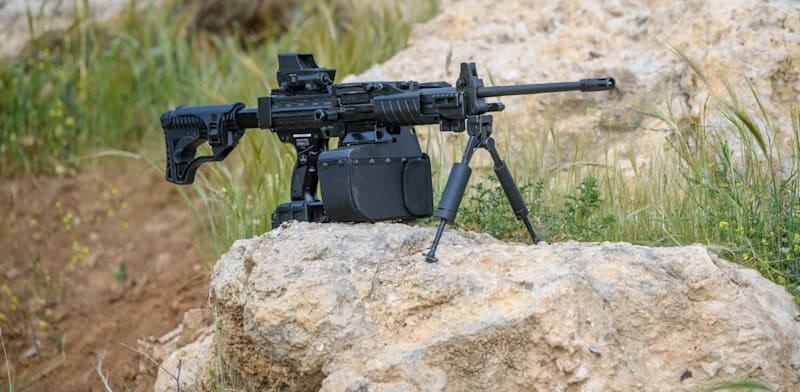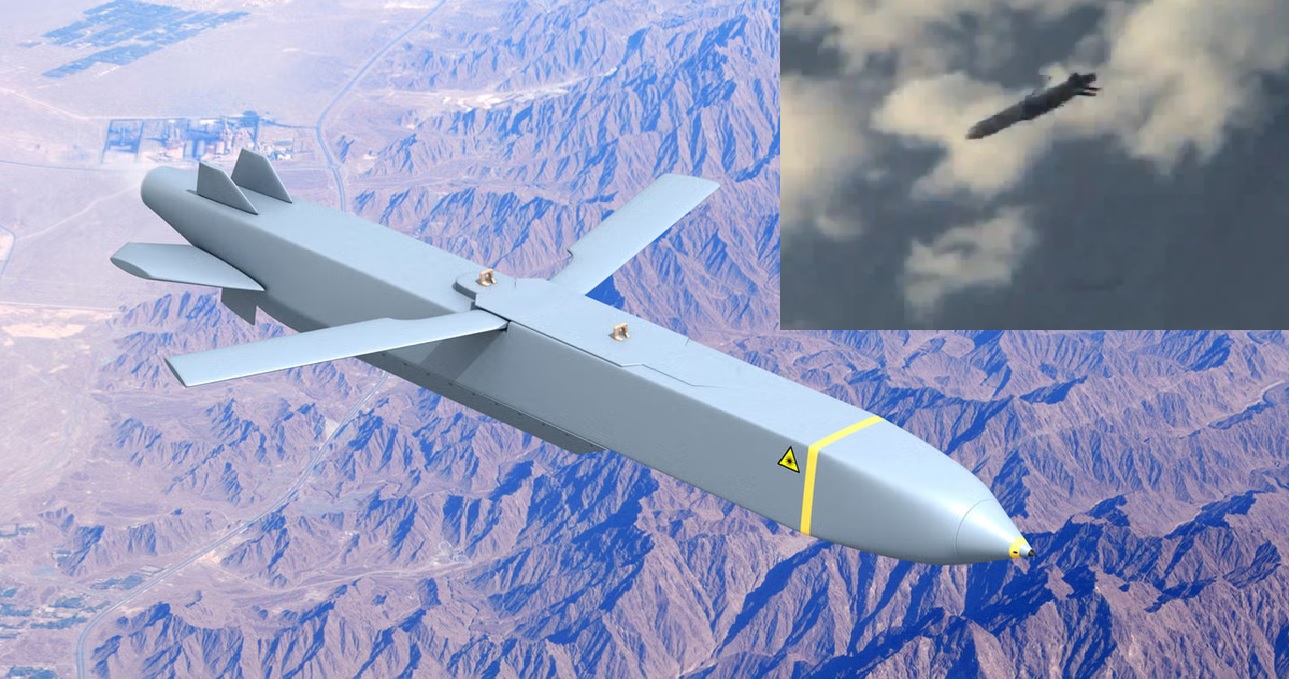Ukrainian Leopard Tanks Receive Steel Anti-Drone Shields to Counter Russian Drone Threat

As the war in Ukraine continues, innovative solutions are being rolled out to strengthen the country's defense capabilities, particularly in protecting ground-based military vehicles. One notable development is the integration of steel anti-drone shields into Ukraine's Leopard main battle tanks. The shields, which are designed to mitigate the growing threat from drone attacks, are being supplied and fitted by the private paramilitary support group Steel Front.
These shields aren't just a random addition. They are purpose-built to combat the increasing danger posed by first-person view (FPV) drones, a type of unmanned aerial system (UAS) that has proven effective in Russia's offensive since the invasion began in 2022. FPV drones allow the operator to control them via video feed, typically using headgear-mounted displays, which enable precise maneuvering. These drones can be deployed for surveillance, kamikaze-style strikes, or other types of damage-inducing missions aimed at taking down vehicles like tanks.
The steel screens being installed are no small piece of armor. Weighing around 430 kilograms, these grid-style structures have been specially designed to be mounted on Leopard tanks and other Ukrainian military vehicles. Produced by the Ukrainian mining and metals conglomerate Metinvest, the screens are offered free of charge by the company in support of Ukraine’s military efforts. Despite their significant size and weight, these shields cost roughly $20,000 each—an investment that’s less than 0.03% of the value of a Leopard main battle tank. This affordability, combined with their protective benefits, makes them a practical addition to Ukraine’s frontline defenses.
Steel Front’s anti-drone shields have already been fitted on a variety of vehicles in Ukraine's arsenal, including the Soviet-era T-64 and T-72 tanks, as well as the American-made M1 Abrams and Bradley Infantry Fighting Vehicles. With hundreds of these shields now available at various repair bases, crews are able to equip vehicles for the battlefield in about 12 hours, with the help of a 10 to 12-person team. This swift preparation is crucial, given the ever-present threat from drone attacks.
The aim of these steel grids is to provide extra protection to the vehicles while ensuring that their performance, crew safety, and maneuverability are not compromised. Olexander Myronenko, Chief Operating Officer of Metinvest Group, emphasized this point, explaining that the shields are designed in such a way that they don’t hinder the functionality of the equipment. He noted that using protective measures that negatively impact vehicle performance would be "unjustified and unnecessary."
In fact, there is already evidence that the screens have significantly improved vehicle survivability. Myronenko shared stories from soldiers on the frontlines, stating that the screens have increased the survivability of vehicles by 30-40%. There have been cases where vehicles hit by drones or other attacks were shielded by these screens, allowing the crews to escape unharmed. In some instances, the vehicles themselves were later recovered and repaired for further use, thanks to the effectiveness of the steel screens.
This effort by Steel Front to protect Ukraine's military equipment is part of a broader partnership with Metinvest, a company owned by the prominent Ukrainian businessman Rinat Akhmetov. Metinvest has been involved in various defense projects since the start of the conflict. Earlier this year, they produced decoy weapons resembling powerful howitzers, tricking Russian forces into wasting their ammunition on these replicas. Additionally, Metinvest developed counter-unmanned aerial systems (C-UAS) for Kyiv’s Bradley fighting vehicles and even supplied tactical boats to Ukrainian forces.
The contribution of Metinvest to Ukraine's war effort is far-reaching, with their involvement extending beyond just supplying military equipment. In September 2024, the company helped inaugurate an underground medical center assembled for the Ukrainian military, aimed at providing critical care for soldiers during the ongoing conflict.
The integration of steel anti-drone shields on Ukrainian tanks like the Leopard showcases the adaptability and resourcefulness of the Ukrainian defense sector. These efforts, spearheaded by Steel Front and Metinvest, are helping Ukraine protect its military assets from increasingly sophisticated drone threats, bolstering the nation's overall warfighting capabilities.
This forward-thinking approach to defense, where heavy vehicles are equipped with cutting-edge protective solutions, highlights how Ukraine is evolving to meet the challenges posed by modern warfare. As drone technology continues to develop, so too must the defensive strategies that counter it—and Ukraine is clearly leading the way in this regard.


